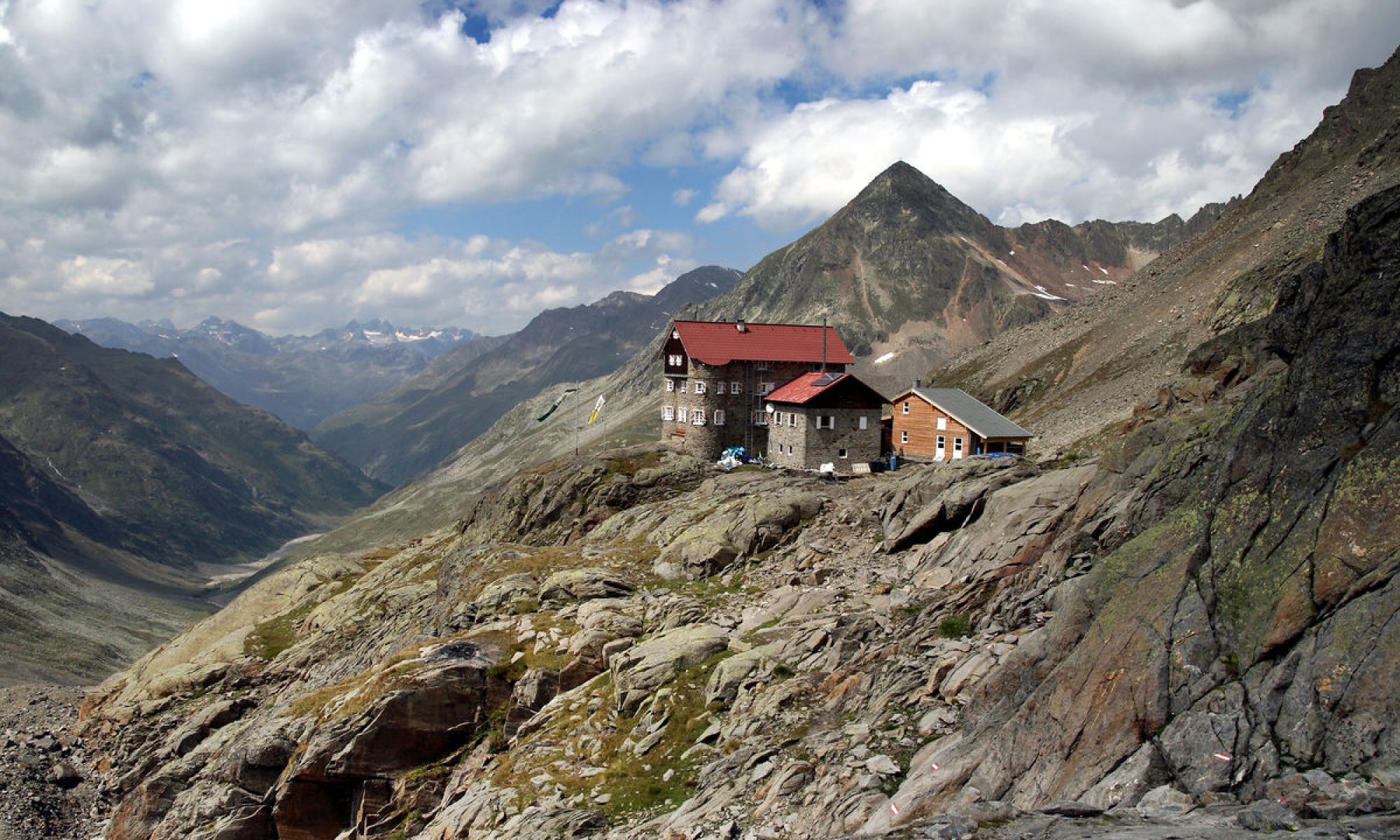Thanks for your continued interest in The Retreat. Here is an update, on some things of interest, looking back to the 1st edition of The Retreat.
Approach

On Nov 27 a group of people from Germany and Scotland (!) started the approach to Val Senales. The aim was Bella Vista hut right beside the Hochferner Gletscher.
Some went by train, others had to use a mix of plane and train, while a group from Berlin went by car.
We arrived in Schnalstal valley and had out first get together there in a nice restaurant in Karthaus to spend the night there. Next morning around 9am, we started getting up the glacier by cable car. From there it was another two lifts of journey and an uphill walk to the hut.


Bella Vista
Once we arrived at Belly Vista we were greeted by stunning views, landscape and a terrific team that took great care of us for the remaining days, leaving no wish unheard.

It has to mentioned that the extreme height of 2.800m needed some getting used to. The max temperature outside was around -15 deg C, but the hut was well heated.


Work
Right after getting used to the new environment, we sorted out topics we’d like to work on in a group setting

We started each day by sorting summarising the last day, sorting topics and creating the setting for each topic.
The isolation of the hut leads to intense forms of discussion and interaction. We had a work room of our own in the hut, so that we were not distracted by daily tourism.
A day’s agenda roughly looked like this:
- 7:30 breakfast
- 8:30/9:00 start working/discussing/finalizing
- 12:00 lunch
- until 14:30/15:00 outside activity
- 14:30/15:00 restart working/discussing/finalizing
- 18:00 dinner
- 19:00 restart working/discussing/finalizing
- 22:00 bed time (enforced ny hut 😉

There was additional free time and wellness in the form of sauna and a little pool on top of it.
At the end of the days, we decided to document our learnings. It will take a while, but stay tuned for results if you are interested.
Fun
Some of us used the nearby slopes and off piste opportunities for some Skiing/Snowboarding.

Also, of course, the discussions were on and off and combined with coffee breaks and what have you.

Topics

Here an overview of some of the topics we discussed:
- All sorts of discussions on 3 Horizons, Pioneers -Settlers – Townplanners
- Integration (or not) of innovation and delivery
- Design and definition of experiments in the field of product development
- Organisation design, e.g. hyper dynamic teams vs stable teams, the tension of discovery teams in a delivery organisation
- People development (e.g. how it turns everything around if you assert your company will exist for a long time and you need to hire more people than the “market” will offer.)


Summary and conclusions
The design of The Retreat worked. We were a group of highly interested people. The constraints given by the environment enforced deep discussion on topics relevant to the participants needs and we could choose the depth in which to discuss the topics of our choice.
The experience was on all levels, intellectually, socially and as a holistic experience (work, free time, food, environment, landscape and so on)absolutely rewarding.
This means: The Retreat will be back next year with two new time slots. The first will probably take place end of May, beginning of June, the second end of November again.
Also: the format absolutely fits companies for strategy retreats, teams that will be setup for new directions, doing research. Anything that needs depth and little distraction fits this format. Regarding the location, we will find the ideal mix of remoteness to ensure depth and distance and reachability of the location.
If you have a topic to think on, please simply contact me and we will find the right spot and setting!
If you have any question towards The Retreat, please contact me!




